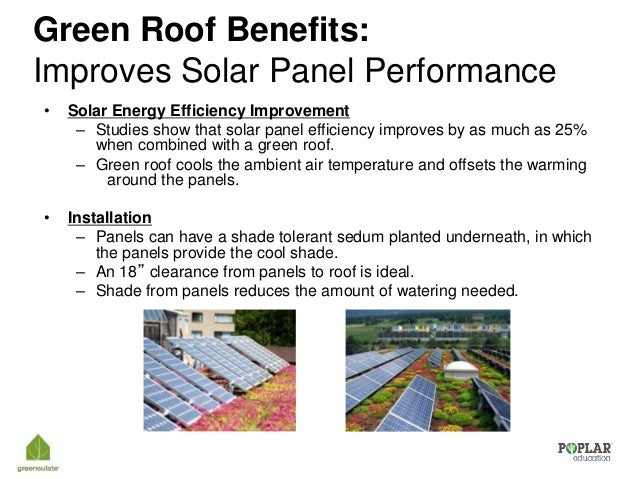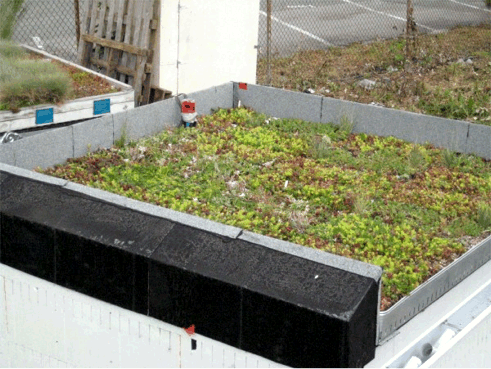1 2 in addition green roofs can reduce building energy use by 0 7 compared to conventional roofs reducing peak electricity demand and leading to an annual savings of 0 23 per square foot of the roof.
Green roof energy savings studies.
This suggests that green roofs are predominately seen as a passive cooling technique rather than as a thermal insulator in the winter.
Roof produced a 10 percent decrease in building energy use over the winter months.
The study looked at a range of benefits of green roofs including stormwater management improved health benefits due to reduced pollution and energy savings.
Over its estimated lifespan of 40 years a green roof would save about 200 000 of which nearly two thirds would come from reduced energy costs.
Major roof costs include upfront installation materials and labor and ongoing maintenance repair recoating and cleaning.
The temperature on the green roof on the hottest summer days can be as much as 59 degrees cooler than conventional roofs on neighboring buildings.
Yet it is difficult to give them a fixed u value rating.
Green roofs are a passive cooling technique that stop incoming solar radiation from reaching the building structure below.
Studies in germany have provided various estimates.
Green roof temperatures can be 30 40 f lower than those of conventional roofs and can reduce city wide ambient temperatures by up to 5 f.
Monday june 10 2013.
Green roofs reduce the heat flux through the roof and less energy for cooling or heating can lead to significant cost savings.
Additional cool roof costs include specialized materials and labor.
Many studies exist that assess the potential energy savings of green roofs when added to buildings but it should be noted that these are predominantly for warmer climates than the uk.
This is because green roofs are dynamic systems and their properties vary throughout the year.
Many studies have been conducted over the past 10 years to consider the potential building energy benefits of green roofs and shown that they can offer benefits in winter heating reduction as well as summer cooling.
Shading the outer surface of the building envelope has been shown to be more effective than internal insulation.
In summer the green roof protects the building from direct.
Green roofs do provide potential energy savings by improving building insulation characteristics.
Green roofs are energy efficient.
Green roofs and energy performance.
Energy cost savings through green roofs.
There are no energy studies completed over a 50 year time span comparing a green roof plus additional insulation and a conventional roof that will be re roofed with additional insulation 20 years from now typical re roofing practice.





























